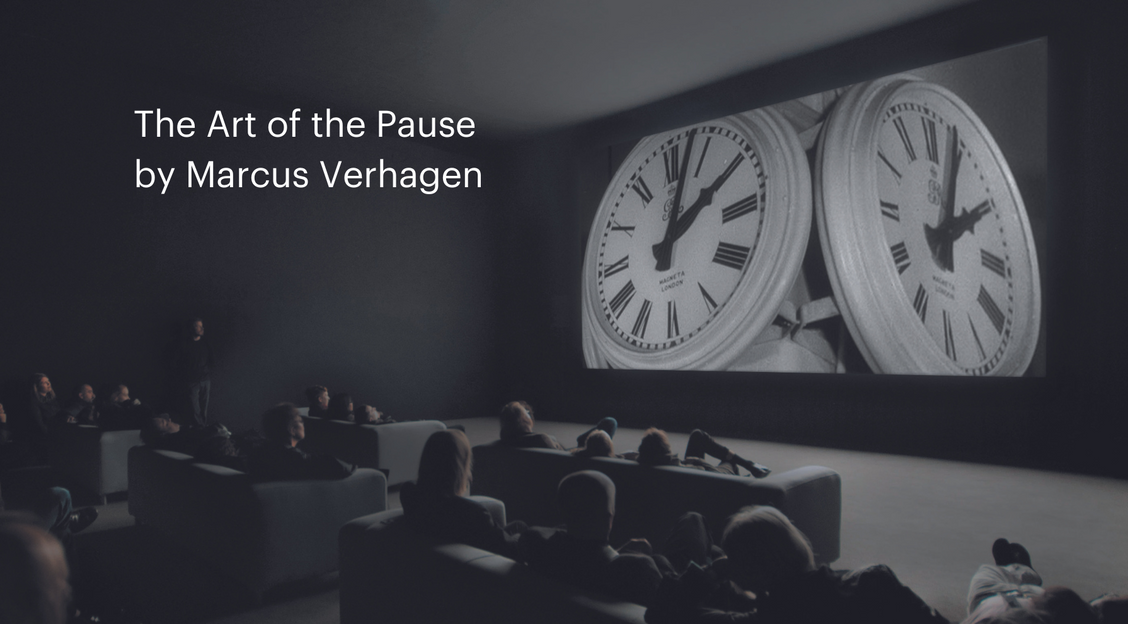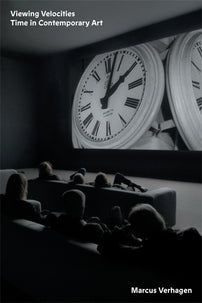The Art of the Pause
The ‘slow movement’ and its implications for contemporary art.

If our lives are being poisoned by the culture of speed, we should take our time. This is the solution of the slow movement and its many and diverse adepts around the world. First, in the mid-1980s, came slow food as an alternative to fast food. It was followed by slow travel, slow medicine and slow sex. Today the movement has spread to other fields and practices. In her influential study Slow Looking, Shari Tishman speaks admiringly of the slow journalism of Paul Salopek, who undertook a ten-year trek from Ethiopia, where some of the oldest human fossils have been found, to Tierra del Fuego at the tip of South America, the last region to be colonised by human beings, uploading accounts to the project website as he went along.
But Tishman is concerned chiefly with slow education, and in particular with extended looking: at artefacts in a museum, for instance. For her, slow looking is a means for children to hone their observation skills. She notes that museum visitors spend on average fifteen to thirty seconds in front of each artwork: slow looking is not the norm. But it is, for those who engage in it, an effective way of countering the speed of contemporary information flows.
The slow movement and its sympathisers are important in the context of the present study because their precepts are widely accepted in the art world. Crucial to our understanding of the museum and gallery is the sense that they are sanctuaries from the pace and agitation of modern living. We understand that the experience of contemplating a work or show is one that evolves over time: the longer we give it, the better. Art is an exception to the rule of speed, or so we tend to assume.
This is a view that is regularly rehearsed by artists. Francis Alÿs’s Zócalo, May 22, 1999 and Pilvi Takala’s The Trainee (2008) offer two preliminary examples of the embrace of the slow in contemporary art. Zócalo consists of twelve hours of uninterrupted video footage showing small pedestrian figures making their way across the vast square in the centre of Mexico City, some pausing in the shadow of an immense flagpole to shelter momentarily from the sun. The square, which is bordered by institutions of state and has often served as a focal point for demonstrations, is freighted with historical significance, but in his video Alÿs splices the time of history with the micro-temporalities of day-to-day existence, keyed here to the circadian rhythm plotted by the slow-moving axis of shade.
The Trainee comprises three shortish videos realised in collaboration with the Helsinki office of the accounting firm Deloitte, where, for reasons known only to a couple of Takala’s putative colleagues, she sat at a desk for hours on end, apparently unoccupied, then spent a day riding up and down in a lift. When puzzled employees asked her what she was doing, she answered, ‘brainwork’.
What these works by Alÿs and Takala have in common is the motif of the pause, the temporary break from instrumental action, which in The Trainee functions specifically as a release from economic imperatives. They focus on disturbances in the forward momentum of goal-directed action. The disturbance is poetic in one (Alÿs) and scandalous in the other (Takala), but hints in both cases at the value of slowness.
Many other works similarly imagining leisureliness and the suspension of instrumental activity could have been mentioned here. While few in the art world explicitly align themselves with the slow movement, many view art as naturally affiliated with the slow. This affiliation appears to be the flipside of the connection, forcefully established by Crary, of speed with calculation and profit.
It follows that the limitations of the slow movement have implications for contemporary art. I touched on those limitations in an earlier publication, in which I examined the work of artists who envisioned slower roles and processes in response to fast-changing, networked environments. I argued that some offered slowness as a curative personal reaction to what were actually society-wide issues. The same applies to much of the relevant literature. Even the most acute texts on the advantages of slowing down tend to understand wellbeing in private terms, as a goal that is achievable through the adjustment of habits and patterns of consumption. Josh Cohen’s Not Working prescribes rest and the ‘cultivation of interior freedom’.
He reflects, for instance, on Tracey Emin’s Bed (1998), reading its crumpled sheets and the clothes and empty bottles strewn around it as signs of a beneficial surrender to the ‘gravitational force of sadness or exhaustion’. Jenny Odell’s How to Do Nothing recommends ‘standing apart’ and expands on the satisfactions of birdwatching, which for her exemplify the rewards of a slowed existence. These writers and others like them accept that the pressures of speed are systemic, but still pitch their advice at the level of the individual, putting forward measures that are not solutions but coping mechanisms and so depoliticising the management of time.
— An edited excerpt from Viewing Velocities: Time in Contemporary Art by Marcus Verhagen.
[book-strip]
